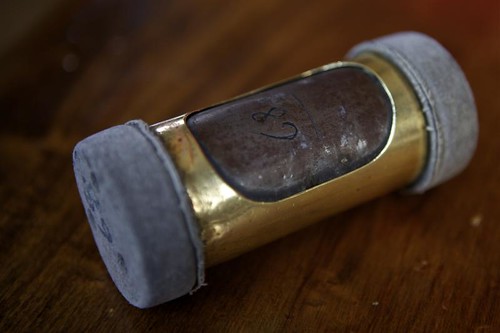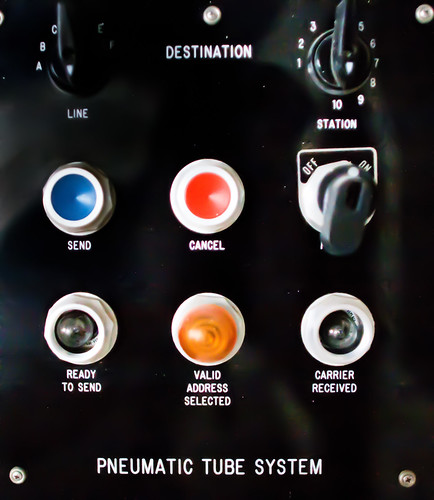While life goes on in the hospital, something changes at night. I remember as a patient being terrified of the night-time, feeling so particularly lonely when the lights went out (but never all the way out). Sounds* play a part of this changed atmosphere. I have just finished reading Tom Rice's rich ethnographic account of sounds and listening in hospitals called Hearing and the Hospital, where he documents the nocturnal soundscape of this institution.
Rice describes how on the cardiothoracic wards at St Thomas' hospital, where he conducted his fieldwork, the lights were dimmed at around 9:30pm and there was a corresponding effort to lower sound levels. Nurses spoke in gentler tones to one another and to patients than they had during the day. Curtains were pulled in such a way that the hooks did not scrape too loudly along the rails. He also describes being a patient at night himself, hearing the distressing cries of an agitated patient nearby. The patient was given a sedative to help maintain calm, a form of what Rice describes as "auditory surveillance".
Pneumatic tube systems are also part of this night-time noise, as capsules rattle around into baskets on wards. Adjustments are constantly being made, in regards to new inventions and tinkering in the hospital, to make these systems quieter.
Night-time in hospitals not only sounds differently, but looks differently too. This week a photoessay that I worked on with Thomas Fuller about The Night-side of Hospitals was published in a wonderful journal called Places, in the Design Observer Group. The essay follows the traces of migrant doctors who are delegated to the margins of Australia's healthcare system, witnessing their movements photographically through a hospital at night. It was an absolute pleasure to work with the editors of the journal, Nancy Levinson and Josh Wallaert on this piece, and to see it published in their journal, which focuses on contemporary architecture, landscape and urbanism. The essay fits within their current interest on public-private spaces.
Image by Thomas Fuller











